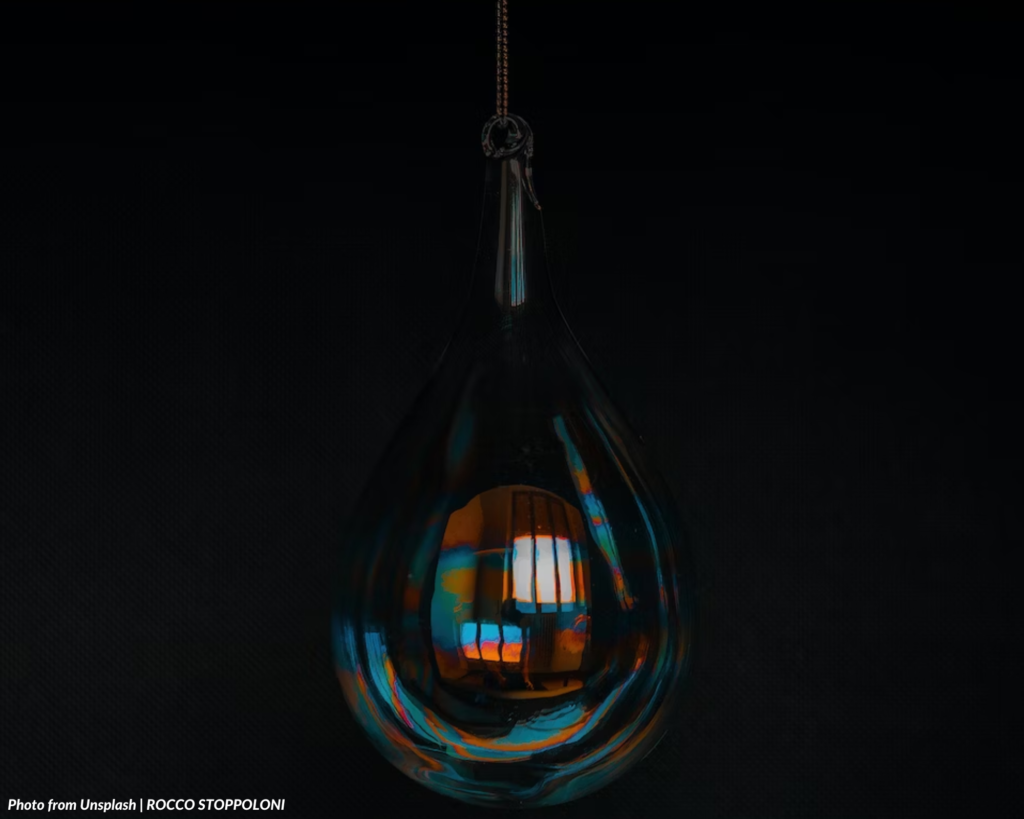
Photo from Unsplash | ROCCO STOPPOLONI
The following post does not create a lawyer-client relationship between Alburo Alburo and Associates Law Offices (or any of its lawyers) and the reader. It is still best for you to engage the services of a lawyer or you may directly contact and consult Alburo Alburo and Associates Law Offices to address your specific legal concerns, if there is any.
Also, the matters contained in the following were written in accordance with the law, rules, and jurisprudence prevailing at the time of writing and posting, and do not include any future developments on the subject matter under discussion.
AT A GLANCE:
Any technical solution of a problem in any field of human activity which is new, involves an inventive step and is industrially applicable shall be patentable. It may be, or may relate to, a product, or process, or an improvement of any of the foregoing. (Section 21, Chapter II, Part II, Intellectual Property Code)
Patentable Inventions refers to any technical solution of a problem in any field of human activity, which is new, involves an inventive step, and is industrially applicable. (Section 21, Chapter II, Part II, Intellectual Property Code)
The law says:
Any technical solution of a problem in any field of human activity which is new, involves an inventive step and is industrially applicable shall be patentable. It may be, or may relate to, a product, or process, or an improvement of any of the foregoing. (Section 21, Chapter II, Part II, Intellectual Property Code)
Statutory classes of patentable inventions
The Revised Rules and Regulations for Patents, Utility Models and Industrial Designs provides that:
“A patentable invention may be or may relate to:
(a) A product, such as a machine, a device, an article of manufacture, a composition of matter, a microorganism;
(b) A process, such as a method of use, a method of manufacturing, a non-biological process, a microbiological process;
(c) Computer-related inventions; and
(d) An improvement of any of the foregoing.” (Rule 201, Part 2, IRR for Patents, Utility Models and Industrial Designs)
Non-patentable inventions
The law says:
“The following shall be excluded from patent protection:
(a) Discoveries, scientific theories, and mathematical methods, a law of nature, a scientific truth, or knowledge as such;
(b) Abstract ideas or theories, fundamental concepts apart from the means or processes for carrying the concept to produce a technical effect;
(c) Schemes, rules, and methods of performing mental acts and playing games;
(d) Method of doing business, such as a method or system for transacting business without the technical means for carrying out the method or system;
(e) Programs for computers;
(f) Methods for treatment of the human or animal body by surgery or therapy and diagnostic methods practiced on the human or animal body. This provision shall not apply to products and compositions for use in any of these methods;
(g) Plant varieties or animal breeds or essentially biological process for the production of plants and animals. This provision shall not apply to microorganisms and non-biological and microbiological processes;
(h) Aesthetic creations; and
(i) Anything which is contrary to public order, health, welfare, or morality, or process for cloning or modifying the germ line genetic identity of humans or animals or uses of the human embryo. (Rule 201, Part 2, IRR for Patents, Utility Models and Industrial Designs)
What are the purposes of patents?
Jurisprudence says:
“The primary purpose of the patent system is not the reward of the individual but the advancement of the arts and sciences. The function of a patent is to add to the sum of useful knowledge and one of the purposes of the patent system is to encourage dissemination of information concerning discoveries and inventions.” (Angelita Manzano v. Court of Appeals, G.R. No. 113388, September 5, 1997)
Further, a patent is granted to provide rights and protection to the inventor after an invention is disclosed to the public. It also seeks to restrain and prevent unauthorized persons from unjustly profiting from a protected invention. However, ideas not covered by a patent are free for the public to use and exploit. Thus, there are procedural rules on the application and grant of patents established to protect against any infringement. To balance the public interests involved, failure to comply with strict procedural rules will result in the failure to obtain a patent.” (E.I. Dupont de Nemours and Co. v. Director Emma C. Francisco, G.R. No. 174379, August 31, 2016)
Read also: Who has the right to a patent?
Alburo Alburo and Associates Law Offices specializes in business law and labor law consulting. For inquiries regarding taxation and taxpayer’s remedies, you may reach us at info@alburolaw.com, or dial us at (02)7745-4391/0917-5772207.
All rights reserved.

